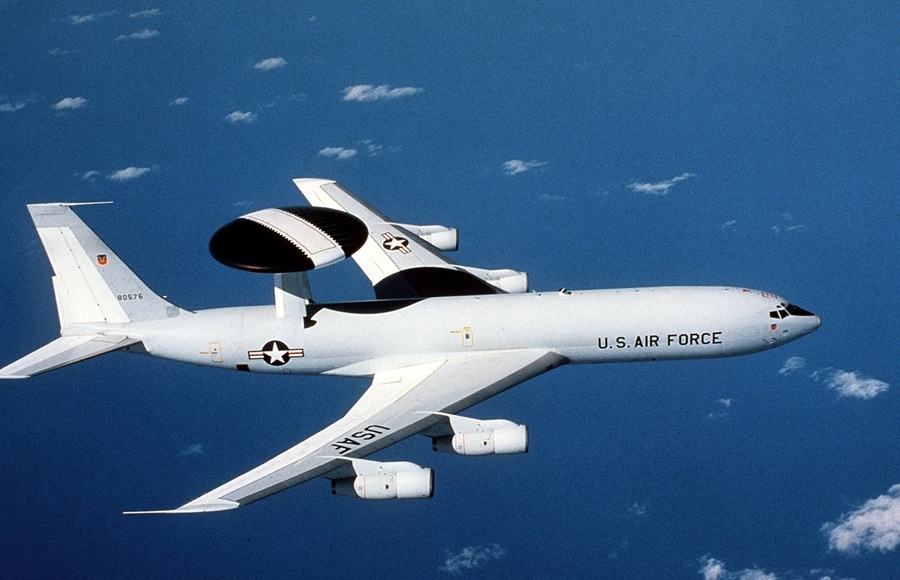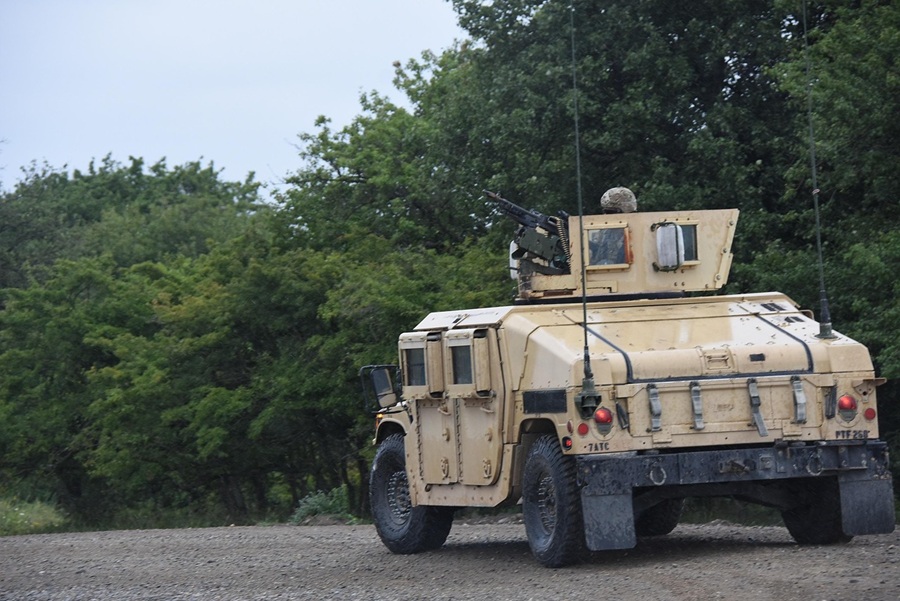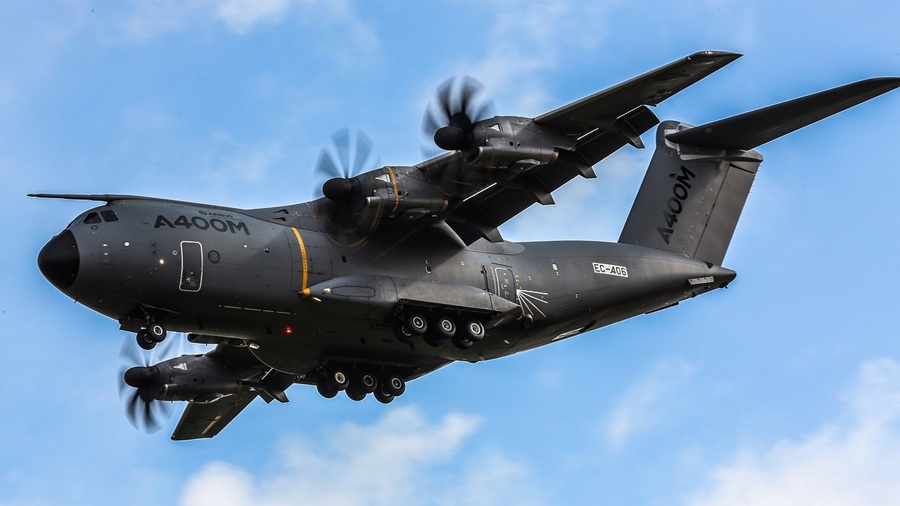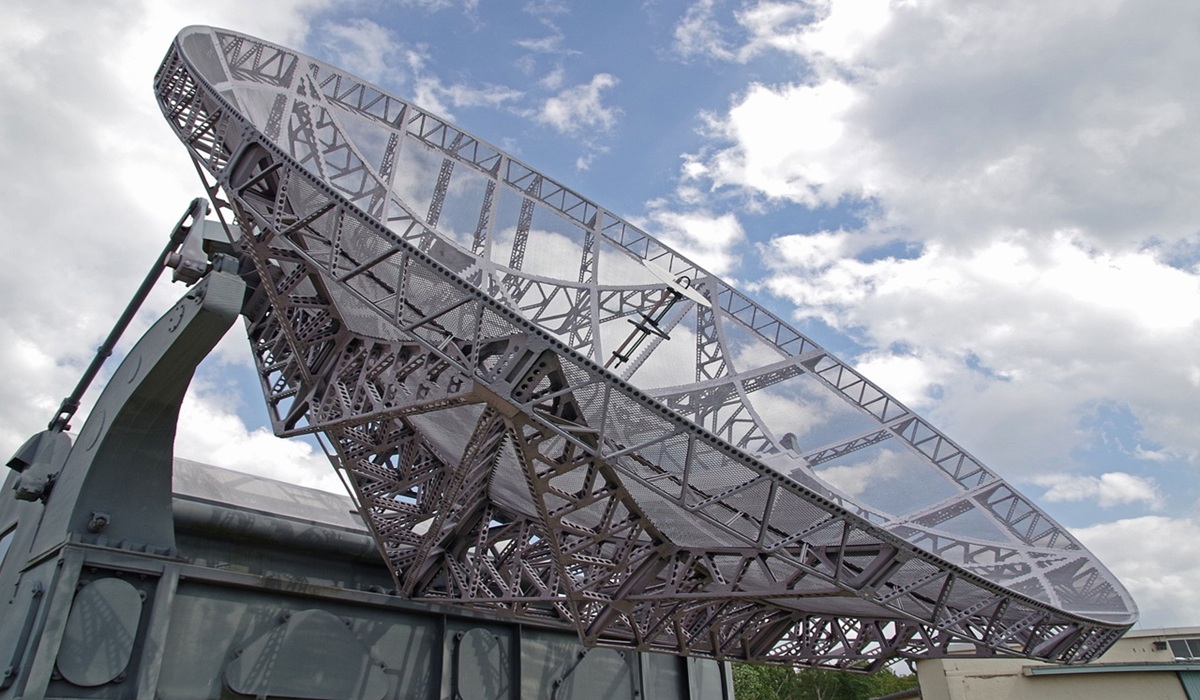By: Donovan Martin, Sr. Editor in Chief
Image Credit: Michael Kauer
October 14, 2025, As journalists, we are taught to question every claim — especially when it arrives neatly packaged in the language of “security,” “cooperation,” and “regional stability.” Dr. Justine Cleophas Pierre’s recent essay on why Grenada should host a U.S. radar installation at Maurice Bishop International Airport makes a compelling case on the surface. But beneath the diplomatic phrasing lies an uncomfortable truth about power, sovereignty, and misplaced faith in American protection.
Partnerships between the United States and smaller nations rarely begin with conflict, but they almost always end with control. Every “temporary” base, every “shared” facility, and every “technical cooperation” has historically evolved into something permanent, something strategic, and something decidedly one-sided.
The idea that Grenada would somehow be safer under the watchful gaze of an American radar is less a promise and more an illusion. The United States does not install surveillance infrastructure without motive. Every radar, every sensor, every so-called support team feeds into a global network managed from Washington — a network that prioritizes American interests first, last, and always.
The argument for this installation, framed as a step toward regional security, leans heavily on the notion of partnership. Yet we’ve seen what partnership means when tested. Take Qatar — a nation that hosts the largest U.S. military installation in the Middle East, the Al Udeid Air Base. Over 10,000 U.S. service members operate there. It is the forward nerve centre of American operations across the region. But when Israel struck targets near Qatari facilities earlier this year, the United States — despite its unmatched capacity to intercept or deter such an attack — stood down.
It wasn’t in Washington’s strategic interest to act. Qatar’s alliance, its decades of cooperation, and even its willingness to host that massive base did not make it a priority. The message was clear: America defends its interests, not necessarily those of its partners. If a wealthy ally like Qatar can be sidelined in a moment of crisis, what hope would Grenada have of being defended in the event of a confrontation it did not start?

That’s the heart of this issue. Hosting a U.S. radar doesn’t guarantee safety — it guarantees entanglement. It makes Grenada visible on the radar of others. And if the island becomes part of a broader U.S. surveillance grid, it also becomes a target in any future dispute involving Washington. A radar may not be a missile, but it is still a military asset. Once installed, it changes the geopolitical reality of a country that, until now, has wisely stayed out of global military tensions.
It’s worth remembering that Grenada has never gone to war. Not once in its modern history. The nation’s reputation as one of the Caribbean’s most peaceful islands isn’t a weakness; it’s a strength. Inviting a superpower’s military footprint risks changing that overnight. Why manufacture tension where none exists? Why build an antenna for someone else’s battles?
The track record elsewhere is not reassuring. U.S. radar and base projects, sold as cooperative efforts, have become permanent fixtures across the world. In Okinawa, Japan, “temporary” bases established after World War II still occupy more than one-fifth of the island eight decades later. In Panama, American control over the Canal Zone lasted nearly a century, long after the supposed necessity had passed. In Curaçao and Aruba, radar partnerships intended for anti-narcotics operations quietly evolved into forward outposts for the U.S. Southern Command. The pattern is clear. Once the infrastructure is up, the rationale for keeping it never disappears — it multiplies.
Grenada already knows this story. In 1983, the United States launched Operation Urgent Fury under the pretext of restoring order after the tragic killing of Prime Minister Maurice Bishop. The operation resulted in the deaths of nearly a hundred people and drew condemnation from the United Nations General Assembly as a violation of international law. To this day, that invasion remains a defining moment in Grenada’s modern history — one that exposed how quickly foreign powers can override a small nation’s sovereignty when it suits their interests.

Now, four decades later, we are being asked to believe that an American installation — again on Grenadian soil, and again justified by “stability” — would somehow be different. Experience tells us it won’t.
Dr. Pierre suggests that this partnership could offer technological and educational opportunities. That sounds promising, but history again offers little evidence. U.S. military projects are largely self-contained. They import their own engineers, contractors, and technical staff. Local participation is often symbolic — confined to low-level administrative or service roles. Once funding cycles end, host countries are left with equipment they can’t maintain, infrastructure they don’t own, and obligations they can’t unwind. That isn’t development; it’s dependency.
Even economically, the risks outweigh the promises. Grenada’s lifeblood is tourism, an industry that thrives on tranquillity and neutrality. Foreign military hardware — even if labelled “civilian” — sends a different message. No country successfully markets itself as both a paradise and a surveillance post. You cannot brand peace while hosting someone else’s radar.
Beyond economics, there’s symbolism. Maurice Bishop International Airport is more than a transit hub. It stands as a living reminder of Caribbean self-reliance and the struggle for independence. To place foreign military equipment there — under the same flag that once invaded this island — would cheapen that legacy. It would say, in effect, that the lessons of 1983 have been forgotten.
There’s also the moral argument — one that transcends geopolitics. True sovereignty isn’t about the size of a nation’s army or its ability to project power. It’s about the freedom to decide its own future without being drawn into conflicts it did not create. Grenada has no quarrel with anyone. It doesn’t need a radar to stay safe. It needs wisdom to stay out of unnecessary entanglements.
Supporters of the radar plan often present cooperation with the United States as inevitable — that small nations have no real choice but to align with a superpower. But that is the language of resignation, not realism. The Caribbean does have options. Stronger regional patrols, intelligence sharing within CARICOM, and partnerships with emerging democracies like India or Brazil could achieve the same security objectives without the geopolitical cost. Even modest investments in technology and maritime coordination could protect Grenadian waters — on Grenada’s terms, not Washington’s.

The issue isn’t whether America is a friend or foe; it’s whether Grenada is prepared to surrender part of its independence for promises that history tells us will not be kept. The moment a foreign government installs military equipment on your soil, you’ve traded autonomy for access. And access, once given, is rarely reclaimed.
Grenada’s peace is not a weakness. It’s a rare achievement in a world obsessed with defence and dominance. The country has never needed to pick sides to survive — and that neutrality has served it well. Turning that neutrality into a bargaining chip in someone else’s strategic game would be the real threat to security.
The lesson of the modern world is clear: when nations mistake access for autonomy, they lose both. The United States has shown, time and again — from Iraq to Qatar — that partnerships end the moment priorities shift. Grenada would be wise not to put itself in that queue.
Grenada doesn’t need to be watched over by anyone. It simply needs to watch its own interests — and protect them fiercely.
Fact File: Operation Urgent Fury (1983)
On October 25, 1983, U.S. forces invaded Grenada following the assassination of Prime Minister Maurice Bishop and the collapse of his government. The invasion, known as Operation Urgent Fury, involved approximately 7,000 U.S. troops and was conducted without prior approval from the United Nations or most Caribbean governments. The U.N. General Assembly later condemned the intervention as “a flagrant violation of international law.” The operation lasted just over a week but left lasting political and psychological scars on the island.
Fact File: Al Udeid Air Base, Qatar
Al Udeid Air Base, located southwest of Doha, is the largest U.S. military installation in the Middle East. Built in 1996 and expanded under U.S.–Qatari cooperation, it hosts more than 10,000 American troops and serves as the forward headquarters for U.S. Central Command. Despite Qatar’s status as a strategic ally, the United States did not intervene during recent regional strikes near Qatari facilities, underscoring the limits of “strategic partnership” when U.S. interests conflict with those of its hosts.









